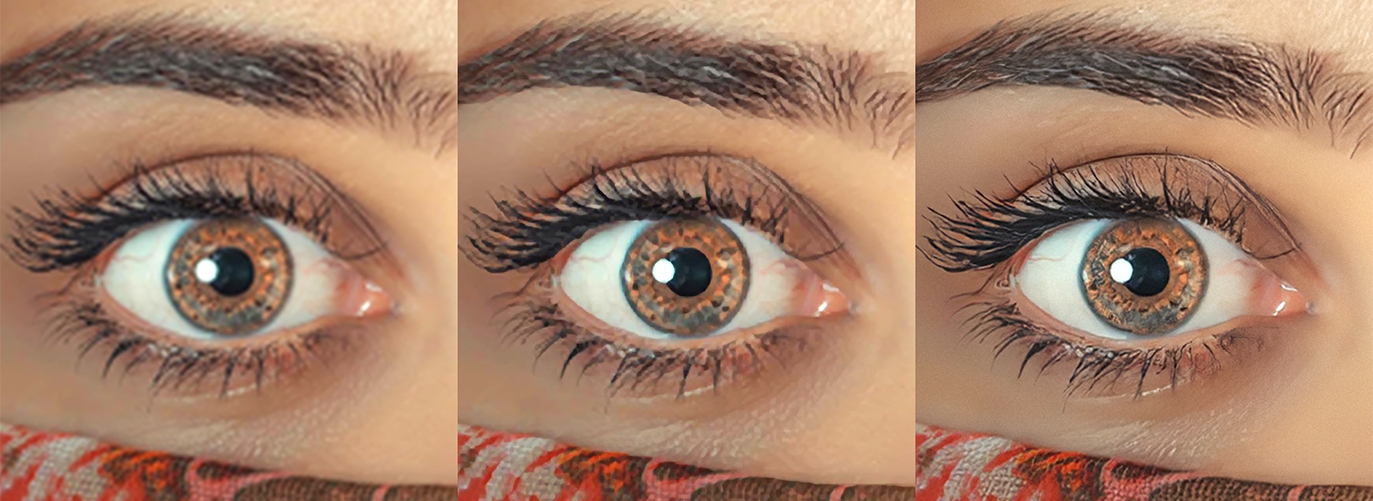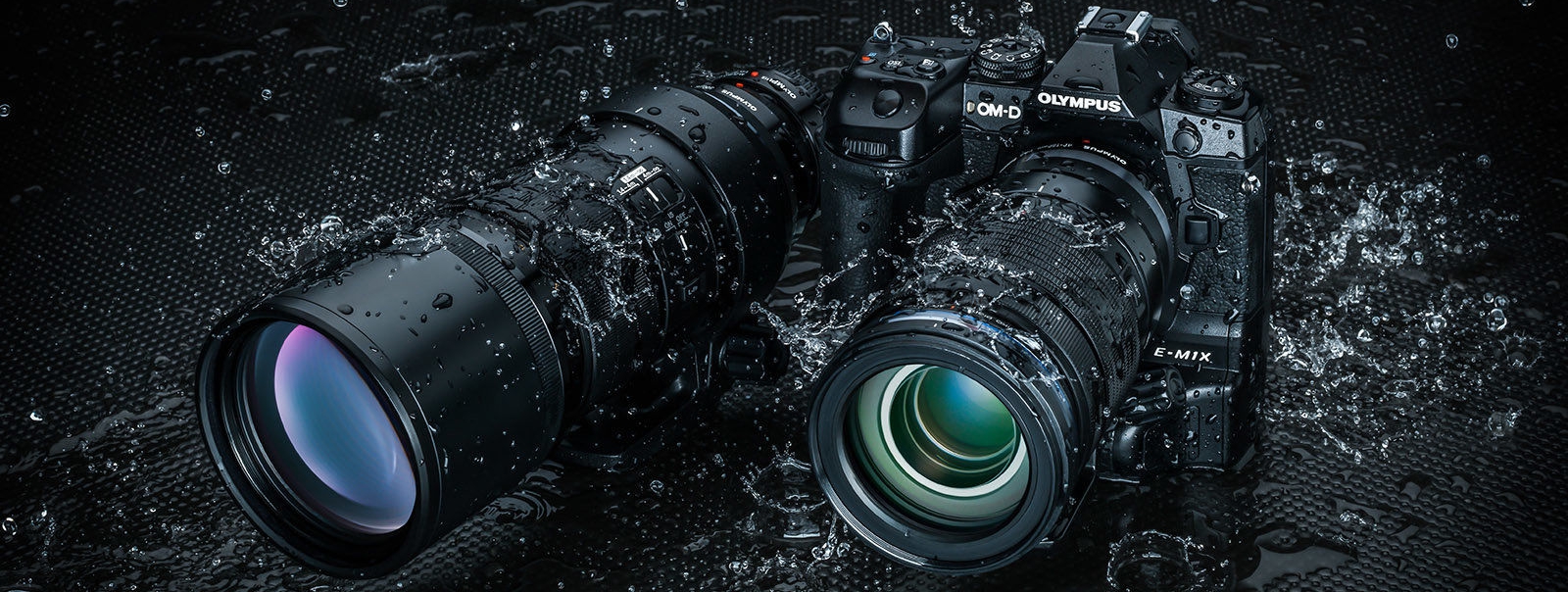
This just in! DPReview.com posted an interview with the VP of Sales and Marketing of Olympus America, Aki Murata, which you can find here. In this interview Mr Murata explains the company’s reasoning behind the release of E-M1X and gives some glimpse into the future.
Here are the points that he makes:
- EM-1X is for sports photographers who either want to work with a lighter system, or need better features, or will be won over (hopefully) from full frame systems by merit of the camera’s performance.
- EM-1X is what the market asked for, the professional market anyway, and they asked for, was ultimate reliability.
- People can’t handle big lenses, so they will prefer smartphones and the camera market will suffer.
- Our cameras are better than a smartphone because it has better optics but also combines the computational photography advancements of a smartphone.
- We want to provide aftermarket services to our users.
- We will release new cameras in the future.
- We target a limited customer base, we know it, who prefer fast performance and features to big lenses and quality.
The Good
Let’s start with the good. First, point 5: We want to provide aftermarket services to our users.
It is my understanding that he is talking about software upgrades that would offer newer features, through new firmware. This is great. Whilst this is something that in theory any camera can do, it may indicate that Olympus has decided to use the firmware as a platform for constant innovation and over-the-time functionality, instead of sparse bug-fix releases like most manufacturers do, most of the time.
True, Olympus has been doing that to an extent, already. Certain firmware releases, such as v2.0 for E-M1 II and v4.0 for E-M1 were packed with new features, but I think that Olympus might be indicating to something that is easier to develop for and may open up new opportunities such as 3rd party contributions. This is mere speculation for now, but it is certainly interesting to see that a camera company may decide to focus on it.
Then point 6 talks about new, upcoming cameras. Now, this is way too vague to mean anything, since we have no idea what these new cameras might be. On one hand, such a statement should be expected; of course Olympus is going to release new cameras. But what are these cameras going to be is something we don’t know yet, since Olympus has revealed nothing about them. Or have they? Let’s consider their other points.
And the unfathomable
So, apparently this is the camera that professionals asked for. Not only sports professionals mind you, but professionals in general. They have asked for ultimate reliability instead of a better sensor, and Olympus delivered great reliability and a sports-oriented camera.
I find it difficult to believe all this. Why was this camera built to cater to sports photographers only, since apparently “they have asked professionals of their opinion”? How can they admit to have dedicated “a lot of R&D resources” in the last 2 years in something that was to appeal to a very, very limited market? What about landscape or portrait photographers?
Similarly, I find it impossible to fathom Olympus’s Harvey Dent’ish approach to the market. On one hand, they want to focus on professionals, with more than a daring approach compared to their one so far (showcased by the Pro zooms & Primes and their E-M1 II model) – the E-M1X with the definitely hyper-expensive (for MFT standards) upcoming 150-400 can only be described as “daring”. On the other hand they keep comparing themselves with… smartphones not only in terms of features, but essentially in terms of quality as well, leading to a solution that may not necessarily have a problem to begin with and which is indicated by statements like 1 & 3 – professionals who are willing to discount optical performance for computational photography. That’s a risky bet if not anything else.
The path is now clear
Most of us would have assumed that Olympus will put their efforts into improving the basics, such as the sensor’s quality with something groundbreaking, in addition to focusing on the extra features.
Now, I am not a marketing analyst and I do not have inside information as to what Olympus knows. I may be completely wrong and perhaps Olympus is absolutely on the right to go towards this course, but honestly, I do feel like Olympus is the Fox Who Lost his Tail in the homonymous Aesop’s fable.
I feel that they are making a mistake with their decision to focus only on one aspect of their camera designs. No matter how great your strides in computational photography is, neglecting the basics will cost you dearly and you can rest assured that the other manufacturers who can afford way more money in R&D are not going to sit idle. Sure, they may not have ProCapture and HandHeld HiRes, but they simply don’t have them yet.
As for me, I will stay with my E-M1 II for now. It does everything I need to and I can tolerate the mediocre performance at night thanks to the great RAW development software packages that are available. But unless Olympus offers something more than computational photography, my E-M1 II and E-M10 II camera bodies are going to be the last ones I own from Olympus and this would be a sad day for me.



